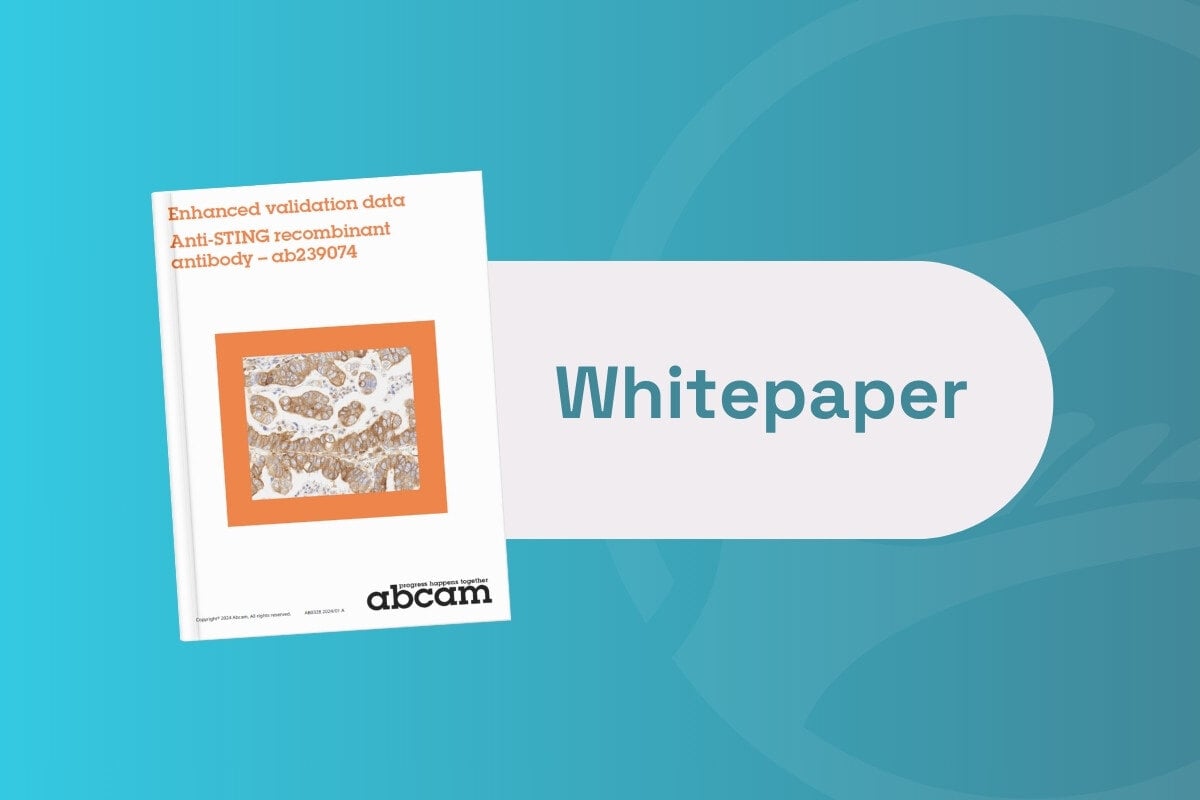Spatial Transcriptomics Technologies: Current Trends and Analysis

Spatial transcriptomics technologies have seen major developments in recent years, and can provide vital information on tissue heterogeneity. This information is vital in medical research. Single-cell RNA sequencing (scRNAseq) cannot provide spatial information, whereas spatial transcriptomics technologies allow for gene expression information to be obtained from intact tissue solutions in the original physiological context at a spatial resolution. Biological insights can be generated into tissue architecture, furthering understandings of interactions between cells and the microenvironment.
Human organs and systems are composed of distinct cell subpopulations whose physiological processes and functions are deeply correlated with their spatial distributions and cellular interactions. Deciphering the disparities among tissue regions and cells in their original spatial context is crucial to gaining a deeper understanding of tissue architecture, as well as tissue heterogeneity. Previously developed scRNA-seq has provided comprehensive information about transcriptomes, altering our ability to identify cell subpopulations. However the segregation of cells while dissociating the tissue destroys cellular spatial information in the original tissue context, which would otherwise be crucial to understanding intricate cellular interaction networks.
Trends in Spatial Transcriptomics Technologies
Additionally, several limitations have been uncovered since scRNA-seq was developed in 2009. The process has a relatively low efficiency, with limited coverage of RNA transit capturing. There is also an associated loss of gene expression information for downstream analysis. Gene expression information for downstream analysis can be lost, and certain cell types may exhibit significant variation due to factors like cell size and cell cycle stage. While current cutting-edge spatial transcriptomics techniques are confronted with some drawbacks such as low resolution and shallow sequencing depth, they are extensively utilised in a wide range of biomedical research because of their accelerating capacity to investigate the spatial architecture of normal tissue and behaviour.
Multiple approaches have emerged in recent years in the space surrounding spatial transcriptomics technologies – spatially-resolved transcriptomics was heralded as the method of the year by Nature Methods in 2021. Associated technologies are potent tools for studying the structure, dynamics, and organ systems and inherent mechanisms within their original contexts. Biological insights are revealed through studies of tissue architecture and developmental patterns and diseases. In particular, spatial transcriptomics is useful for evaluating decoding intracellular interactions and identifying cell subpopulations.
As one example, a research group from Shanghai Jiao Tong University assembled a molecular atlas by applying spatial transcriptomics technologies to a whole mouse brain in order to spatially manifest the brain tissue organisation and composition. This highlights the potential of spatial transcriptomics to analyse complex samples such as brains, in addition to other tissues or organs.
Enabling Single Cell Resolutions on Spatial Platforms
Raffaele Calogero is Professor of Bioinformatics and the Genomics Unit at the University of Turin. Since 2010, he has been involved in bioinformatics training at EMBL (Heidelberg). At present, most spatial techniques do not provide insights at a single cell resolution. This is a concern, particularly in oncology, as many biological structures – including tumours – are composed of heterogenous cell clusters.
One of the primary goals of spatial transcriptomics is to enable single cell resolutions on spatial platforms, which would enable the simultaneous operation of two independent experiments. Many technologies currently in development are being designed with this goal in mind, including the PhenoCycler-Fusion from Akoya Biosciences. A single cell resolution is important for studying the tumour microenvironment: “You need to be sure that these cells do not belong to the tumour itself,” said Calogero in an exclusive discussion with Oxford Global.
Budget is a key constraint for interoperability in spatial transcriptomics technologies: ideally, any experiments run via spatial transcriptomics should be able to demonstrate their value. Calogero runs a single cell experiment in tandem with a spatial operation if possible. “The problem is always the price of the overall equipment,” he added.
Tissue Preparation and Reproducibility
Preparing tissue for spatial transcriptomic analysis is key to achieving reproducibility and accurate results. However, this remains both challenging and expensive at present. At 2022 study by Xiaoxia Liu et al on tissue preparation for spatial analysis found that – out of 125 samples from lung cancer, paired-cancer and normal tissues from 54 samples – 43% were successfully prepared for analysis. Result reproducibility is also central to a successful experiment. “An experiment may be producible,” said Calogero, “but it’s heavily dependent on where the tissue is from and how it was sliced. If you're only 10 microns off, it yields an entirely different result.”
- Cutting-Edge Trends in Spatial Omics: Speaking to Jasmine Plummer
- FDA Clears Genomic Profiling Test for Solid Tumours
- Spatial Analysis of TME Microglia in Melanoma Brain Metastasis
Importantly, both quality and reproducibility depend on the quality of the RNA used in the experiment. “I like the idea of working on snap frozen samples,” Calogero added, “because the quality of the RNA is higher.” Other approaches, such as Visium’s sampling for FFPE technology, have now reached the market. “It’s important to remember that the RNA quality of FPE slides degrades progressively over the years. Experimental reproducibility is definitively linked to the quality of the input RNA.”
Future Trends and Challenges in Spatial Transcriptomics Technologies
As the industry has seen across the board, recent technological advancements have revolutionised the capacity of researchers and pathologists to qualify cellular heterogeneity with spatial contexts. This has opened the door for advanced studies of the tumour microenvironment and treatment responses. Automation is anticipated to be a big trend in spatial – it involves a wide range of methodologies, including cyclic immunostaining, in situ sequencing via barcodes, or imaging mass cytometry. Part of this will involve a move away from completing stages of automation by hand through a focus on the end-to-end workflow, which could help to ameliorate issues associated with duration.
As Calogero sees the current landscape, spatial transcriptomics has not yet matured in the same way as other research approaches. A similar situation arose a few years ago within the scRNA-seq framework: in the mid 2010s, there were a slew of different platforms available on the market. Now, only a few of these platforms have survived, yielding a few clear market leaders. Most single cell experiments are run on these ‘survived’ platforms.
A parallel issue presents itself for those looking to run spatial transcriptomics experiments: at present there is a strong selection of different options for spatial transcriptomics investigations. However, if a research team opts for a specific platform today, they run the risk of that platform being discontinued in the near future, with a significant investment that is no longer upgradable or supported. Another key challenge involves analysing the large volumes of data gathered from these experiments, particularly when combined with other data such as that from single cell omics.
Get your regular dose of industry news and announcements here, or head over to our Omics portal to catch up with the latest advances in tumour analysis. To learn more about our upcoming Spatial Biology conference in London, click here to download an agenda or register your interest.








